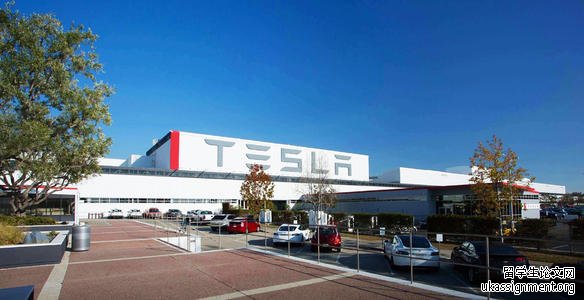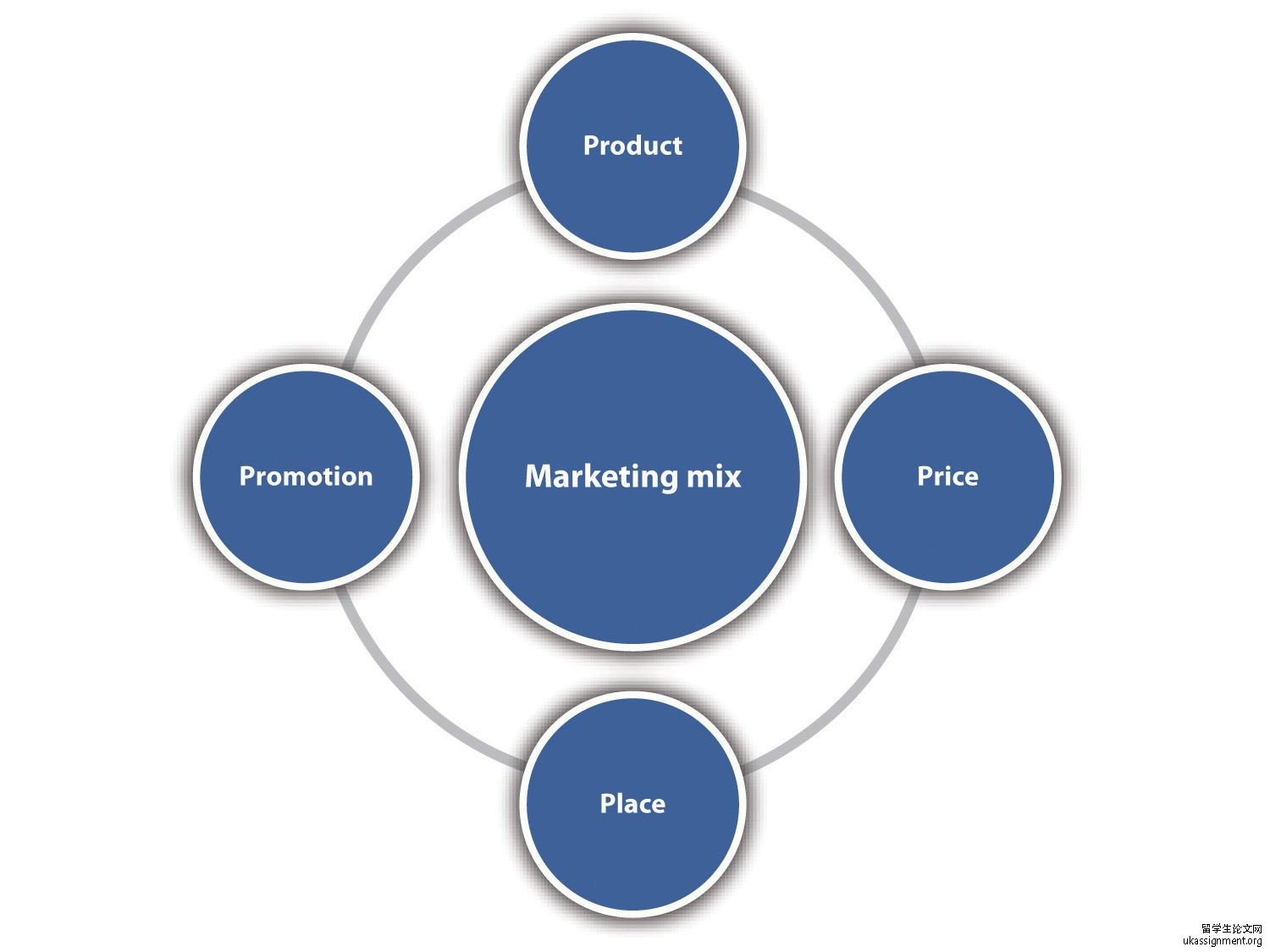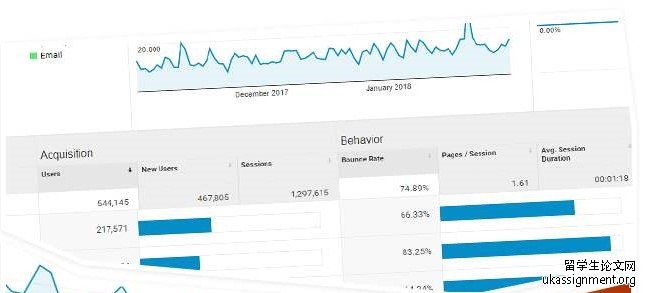|
1.1 Marketing Objective 当前特斯拉的主要目标是要发展中国的中高端新能源汽车市场,以获得更广泛的用户群体来占据更大的市场份额。中国作为特斯拉的第二大消费市场,特斯拉2018年在中国的营收为17.57亿美元,并且特斯拉已经在中国建设了超级工厂。所以特斯拉在未来的12个月内完成在中国营收达到20亿美元的目标是可行的。根据5M模型,特斯拉要在MANPOWER,MACHANDISE,MATERIAL,METHOD,MANAGEMENT的基础上制定目标。MANPOWER也就是要提前做好人力资源的管理。MACHANDISE是指特斯拉的产品,也就是要确定重点宣传的车型,以及为该产品制定合适的营销组合策略。MATERIAL也就是特斯拉要利用已有的资源对产品进行有效宣传。METHOD是特斯拉要采取适当的措施成为时代的焦点,并消除客户的疑虑从而让目标客户购买。MANAGEMENT是通过对整个流程的有效评估和把控来完成目标。 The current marketing objective of Tesla is to develop China's mid- to high-end new energy vehicle market to obtain a wider user base to occupy a larger market share. As Tesla's second largest consumer market, Tesla's revenue in China in 2018 was $1.757 billion, and Tesla has built a super factory in China. So Tesla's goal of achieving $2 billion in revenue in China in the next 12 months is feasible. According to the 5M model, Tesla will set goals based on MANPOWER, MACHANDISE, MATERIAL, METHOD, and MANAGEMENT. MANPOWER is to manage human resources in advance. MACHANDISE refers to Tesla's products, that is, to identify the key models to promote, and to develop a suitable marketing mix strategy for the product. MATERIAL is Tesla to use the existing resources to effectively promote the product. METHOD is Tesla to take appropriate measures to become the focus of the times, and to eliminate customer concerns so that target customers can buy. The MANAGEMENT is to achieve the goal by effectively evaluating and controlling the entire process.  图:特斯拉中国工厂
2.1 The Marketing Mix
2.1.1 Product 特斯拉以高端跑车定位其产品,并突出其高科技的形象。特斯拉通过其强大的研发能力,在市场上推出了Model S,Model X以及Model 3等一系列不同类型和不同价位的纯电动汽车产品。比如Model S属于小轿车而Model X属于SUV,满足了消费者差异化的产品需求。Model S,Model X属于特斯拉的高端产品,而Model 3是特斯拉为了扩大市场份额而推出的中高端产品。Model 3仍然采用高科技的内部构造,只是在车型上没有Model S,Model X那么流畅,以及配置没有他们高端。Model S和Model X主要面向的是最高端的目标群体,然而中国的高端消费者数量较少且市场有限,不能无止境的扩大其市场份额。然而在中国,中高端汽车需求量仍然有很大的上升空间,所以特斯拉推出了Model 3和Model Y类型,即保留了高端的品牌价值,又能开拓中国的中低端市场,获得更多的市场份额。并且,特斯拉所有的产品都高科技紧密相关,所以应该将高端的科技与环保作为特斯拉独特的品牌精神。特斯拉将品牌精神作为一种附加产品推销给客户,让消费者认同并并追求这一种独特的价值。 Tesla positioned its products with high-end sports cars and highlighted its high-tech image. Through its strong R&D capabilities, Tesla has introduced a range of pure electric vehicle products of different types and price points, such as Model S, Model X and Model 3. For example, Model S belongs to a small car and Model X belongs to an SUV, which satisfies the consumer's demand for differentiated products. Model S, Model X belongs to Tesla's high-end products, and Model 3 is Tesla's mid-to-high-end products to expand market share. The Model 3 still uses a high-tech internal structure, but the model and configuration are not model S, Model X high-end. Model S and Model X are mainly targeted at the highest-end target group. However, China has a small number of high-end consumers and limited market, and cannot expand its market share indefinitely. However, in China, the demand for medium and high-end cars still has a lot of room for growth, so Tesla introduced the Model 3 and Model Y types, which retains the high-end brand value and can open up the middle and low-end market in China and gain more market share. Moreover, all Tesla products are closely related to high technology, so high-end technology and environmental protection should be the unique brand spirit of Tesla. Tesla promotes brand spirit as an add-on product to customers, allowing consumers to identify and pursue this unique value.
2.1.2 Price
Tesla's pricing strategy in China is similar to the rouge pricing method. That is to say, firstly, higher profits are obtained from high-end users at a higher price, and in the case where the high-end market is almost saturated, the development of the mid-to-high-end market is started, and the lower-priced pure electric vehicles are used to seize more market share. Tesla's target group in the early days of China's development was a wealthy class with certain purchasing power and consumers with special emotions for high-tech cars. Tesla's pricing is to take advantage of the psychology of the target consumers, to meet the psychological needs of some consumers, and thus to obtain higher profits in the niche target market. However, the high-end market tends to saturate and Tesla's market share cannot continue to grow, so Tesla launched the economical model 3, which attracts more customers with general purchasing power at a lower price to obtain a steady growth in sales. . Tesla combines the left-brain strategy with the right-brain strategy, using the right-brain strategy to meet the emotional and psychological needs of high-end consumers, while using the left-brain strategy to satisfy rational consumers.
Tesla also adopts a transparent price system in China, which is to align the pre-tax price of electric vehicles with the prices of other countries. A transparent pricing strategy allows consumers to be psychologically satisfied. With the commissioning of the Shanghai plant, the price of the Model 3 is likely to be around 300,000. This will be a big shock for China's electric vehicle market. Lower prices allow for higher potential user conversion rates, which is good for Tesla to grab market share.
 图:The Marketing Mix
2.1.3 Place
At present, Tesla adopts a direct sales model in China, which means that no distributors or other third-party organizations are authorized to sell. However, this practice has been continuously questioned and its operating performance has been declining. Tesla's current sales model in China is similar to Apple's concept, including experience stores and online direct sales. Consumers can experience the quality of the product and experience the comfort of the product through the experience store. The sales staff of the experience store will not sell a certain product to the consumer, but will let the customer experience the product better. The experience store is usually set up in a high-end shopping mall, focusing on the style design of the experience store and the matching of the product types sold. High-end channel design can complement Tesla's brand positioning to capture target consumers more effectively. The experience store also provides test drive service for customers. Customers can get test drive opportunities through online appointments and truly experience Tesla products.
Customers who want to buy a product can only purchase it at Tesla's official store, and the product will be sent directly from the manufacturer to the consumer's home. This direct sales model reduces the middlemen, which not only reduces the loss of profits for Tesla, but also reduces the price for consumers to a certain extent. However, Tesla's sales model is not in line with China's policy, and manufacturers directly invest in channels that violate car sales policies and regulations. Moreover, it is difficult for automakers to manage car sales, and car marketing needs to be handed over to professional car manufacturers to complete better. Moreover, Tesla's factory in China is about to be put into production, and the increase in production requires better channels for sales of products. Therefore, according to the actual situation, Tesla can adopt the capital investment mode of vertical distribution channels, that is, own and control production, retail institutions, comprehensive management of commodity production, wholesale and retail business. Adopting a new channel model will help Tesla gain a greater competitive advantage in China compared to other local electric vehicle brands.
 图:Marketing audits#p#分页标题#e# 3.1. Marketing audits Tesla can control marketing campaigns through annual program control, profitability control, efficiency control and strategic control. Specifically, annual plan control is the use of financial and sales analysis by Tesla's middle and senior managers to check whether the original marketing objectives are achieved. Profitability control means that the marketing control specialist calculates the profit by product and compares the profitability of Model 3 and other types of products that Tesla is fully promoting in China. Efficiency control is to enable Tesla's managers to improve sales team efficiency, advertising efficiency, promotion efficiency and distribution efficiency, and fully utilize and rationally allocate human resources and financial resources. Strategic Control is Tesla's top management auditor using marketing effectiveness evaluation tools, marketing audits and other methods to determine Tesla's opportunities and challenges in marketing activities to comprehensively review and improve strategic objectives and activities. |
 |
|||
| 网站地图 |

